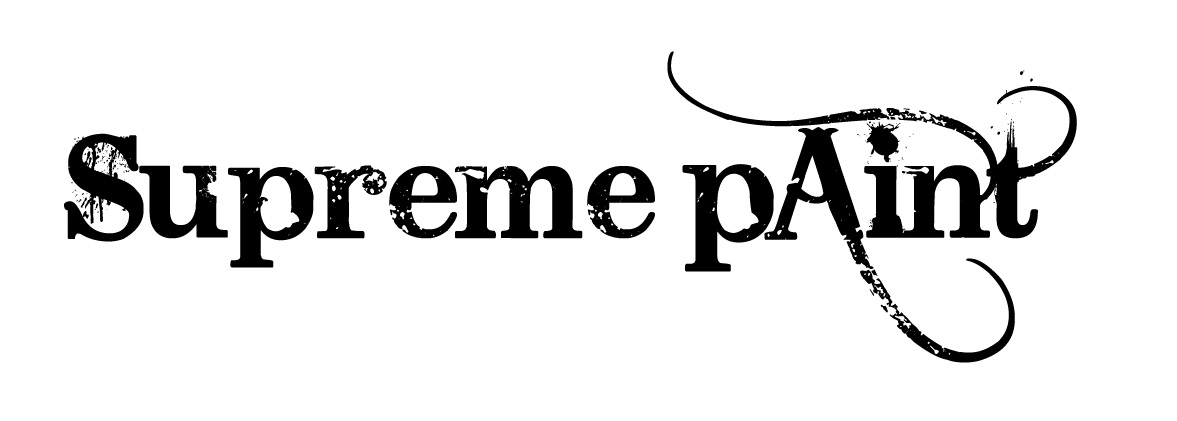Grounded
This post is a fascinating article about the importance and behaviour of grounds written by George O'Hanlon at Natural Pigments, his traditional Lead Oil Ground is available here.
Over to George;
"Oil paint darkens and becomes increasingly translucent as it ages. These changes may cause visible disfigurement of paintings and, although the phenomenon has been extensively studied, the causes are not definitely known at present.
One way to think of this change is to imagine your painting like a stack of colored glass that with time becomes increasingly darker and more translucent.
This being the case, underlying layers of paint may become increasingly visible, and if they are darker than those of the upper layers, they also acerbate the darkening effect.
These changes can be avoided by painting over a white ground, ensuring that the ground is sufficiently thick and opaque and by building the painting from lighter to darker layers of paint. If it is not possible to build the layers from light to dark, than it is important to apply sufficiently thick and opaque layers, preferably with lead white.
The phenomenon of increasing translucency of aging oil paint films has been observed in paintings since at least the nineteenth century, but it was observed much earlier since literary sources from the early Renaissance warn against the application of thin grounds on panels.
Already towards the end of the seventeenth century, the Dutch painter Gerard de Lairesse observed the phenomenon of increased transparency with regard to oil paint layers. He explicitly mentioned it in hisGroot Schilderboeck published in 1707 (van Eikema Hommes 1998). In nineteenth-century literature, authors often remarked that oil paint will become transparent and grow darker, and that “dark grounds will devour the colors in time” (Carlyle 2001). There are countless pictures, where increased transparency of lead-white containing paint films allow underdrawing, underpainting or artist alterations to become more visible than originally intended (most pentimenti involve the use of lead white).
A.P. Laurie wrote about it since the first part of the twentieth century, ascribing the phenomenon to the increasing refractive index of aging oil paint films. However, it was also found to be acerbated by the dissolution of pigments reactive to fatty acids in oil paint, such as lead white and zinc white, and the subsequent formation of mineralized metallic soaps.
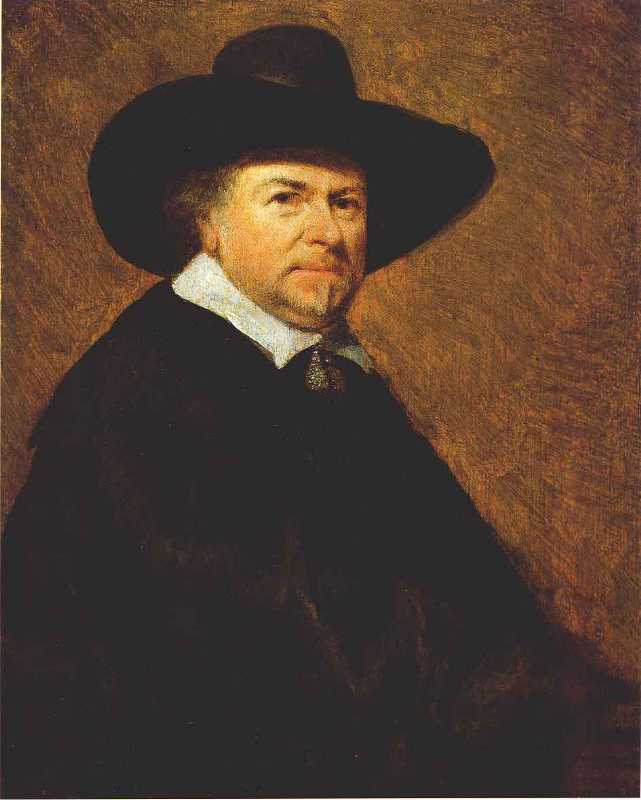
Early oil paintings from the fifteenth century, such as those by the van Eyck brothers, seemed to have overcome this problem due to their careful preparation of the ground of the painting panel and their painting technique. However, as artists in subsequent centuries from the sixteenth century and later became more negligent in their preparation of the ground and painting technique, or used the grain pattern of wood panels as a visual device in their paintings, such as in the landscape paintings of Jan Josephszoon van Goyen (13 January 1596–27 April 1656), this phenomenon is more often observed. Many of van Goyen’s paintings are now undisplayable because of the visible disfigurement caused by increasing the translucency of the paint layers.
The following images of van Goyen’s paintings clearly show the grain pattern of the oak panel visible through the now transparent ground and paint layers in the sky of the landscapes. Jan van Goyen would begin a painting on a support of thin oak wood. To this panel, he would apply several layers of a thin animal collagen glue. With a blade, he would then scrape over the entire surface a thin layer of tinted white lead to act as a ground and to fill the low areas of the panel. The ground was then tinted light brown, sometimes reddish, or ochre in color. In most cases, the ground was kept quite thin so as his paintings aged and the paint film became increasingly transparent, the color and grain pattern of the wood became increasingly visible in his paintings.
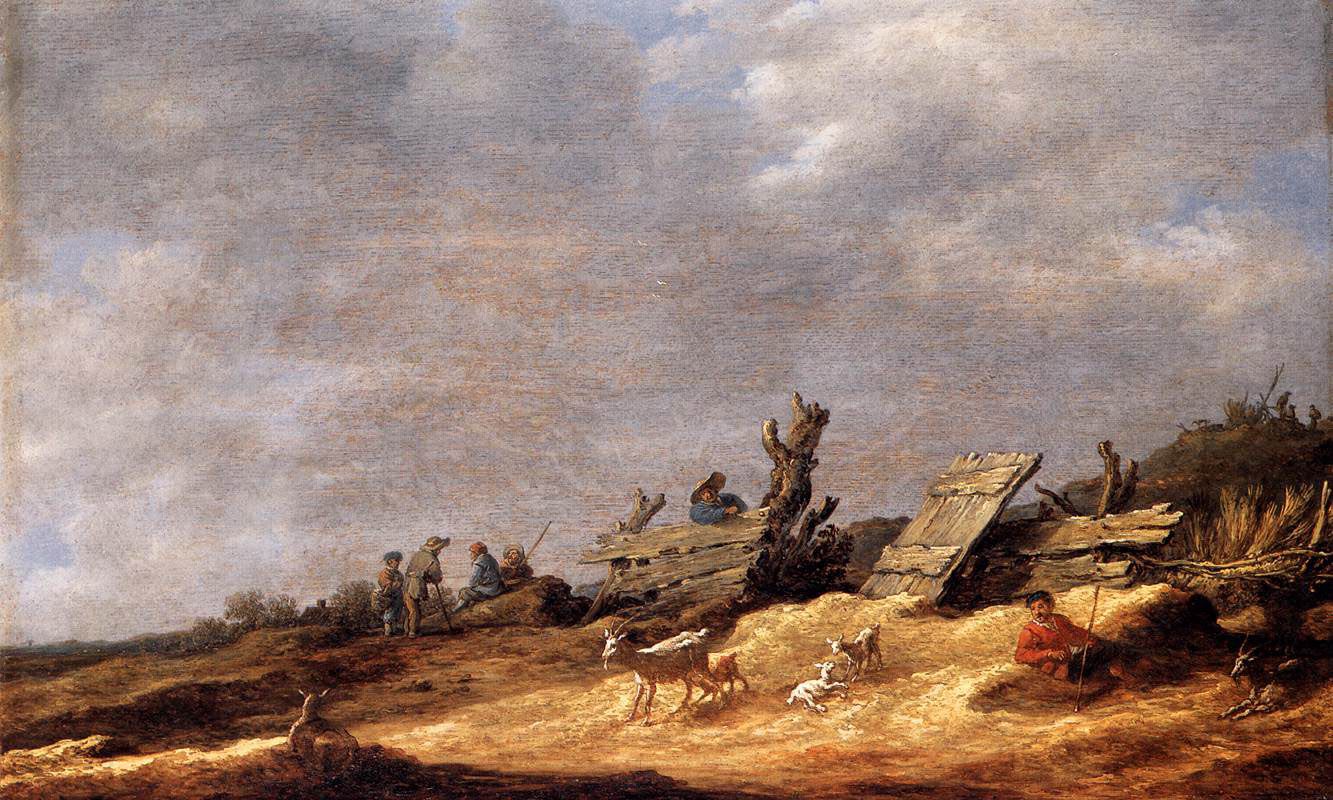
Jan van Goyen, Dune Landscape, 1631, oil on oak panel, 39.5 × 62.7 cm, Herzog Anton Ulrich-Museum, Braunschweig
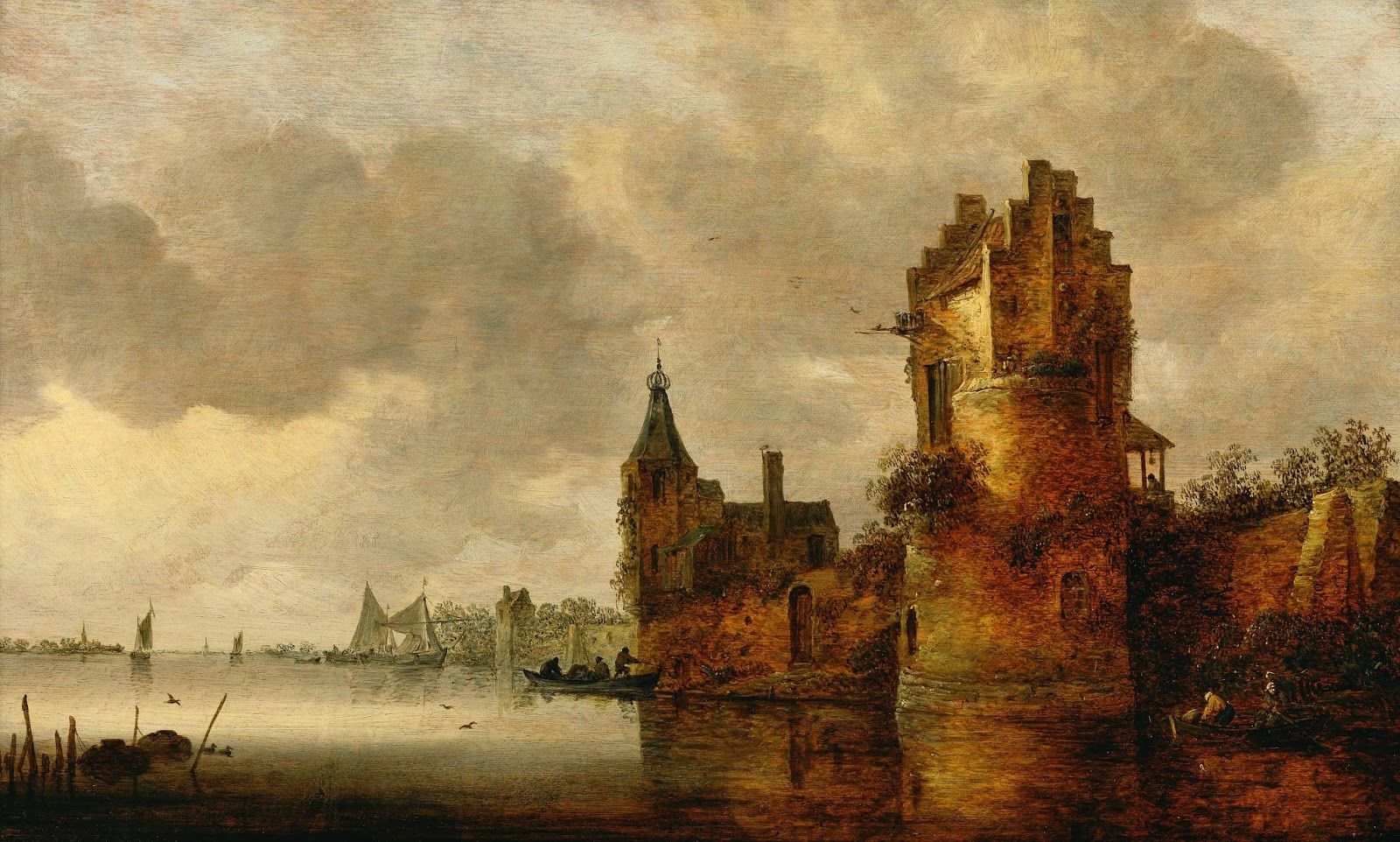
Jan van Goyen, Estuary with Round Tower, circa 1640, oil on oak panel, 14.5 x 24.5 inches
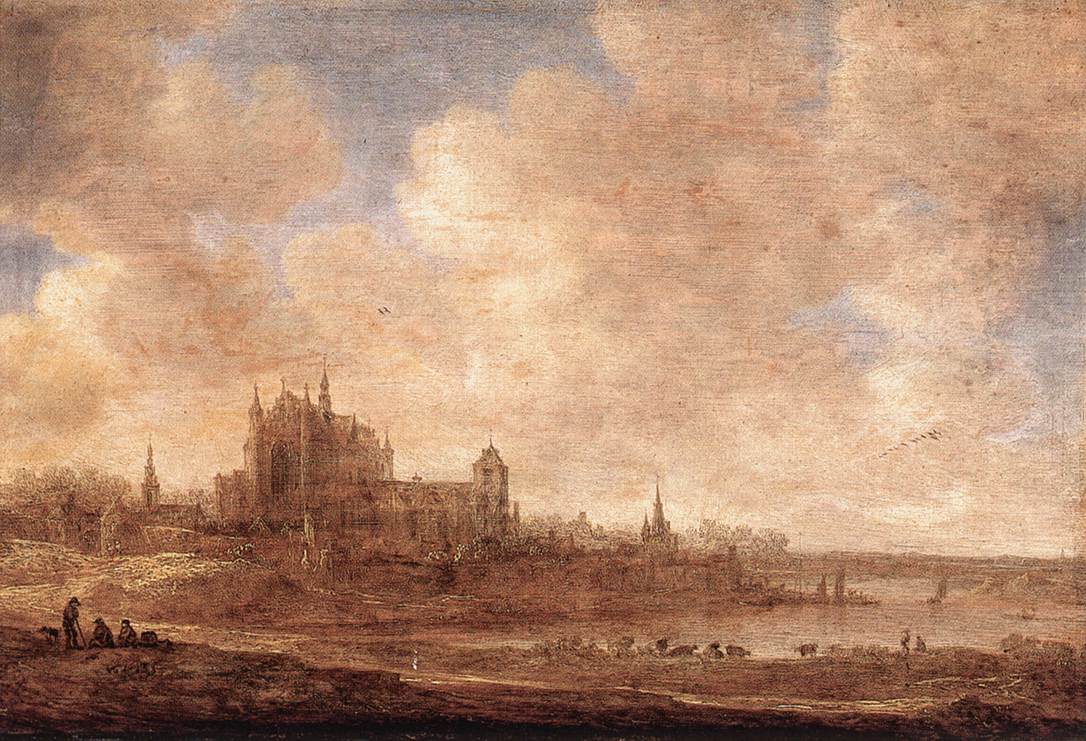
Jan van Goyen, View of Lieden, circa 1643, oil on oak panel, 39.8 x 59.9 cm, Alte Pinakothek, Munich
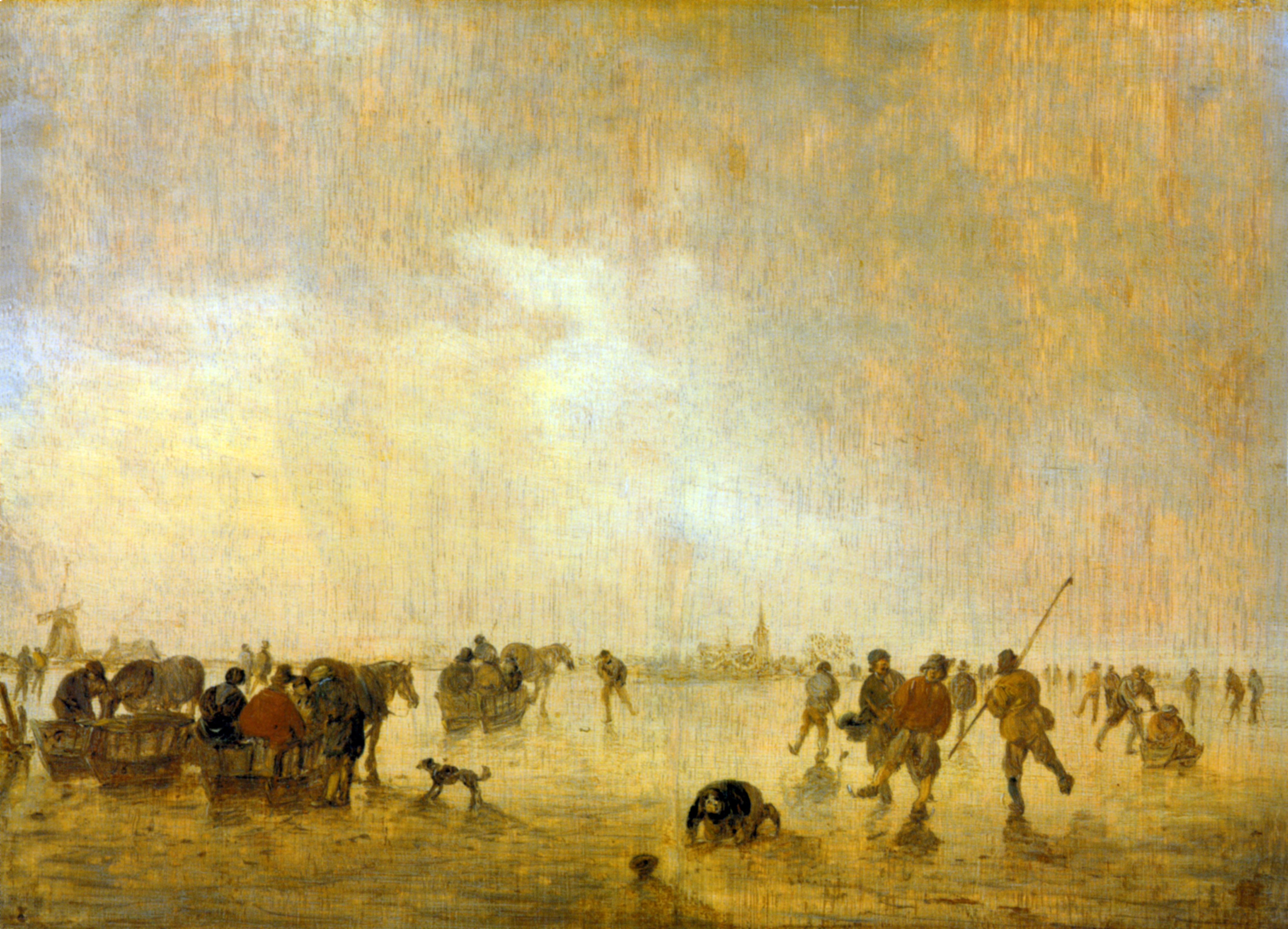
Jan van Goyen, Eislandschaft mit Schlittschuhläufern, 1643, oil on oak panel, 24.8 x 32 cm, Gemäldegalerie, Berlin
This phenomenon is also observed on canvas paintings by the general darkening of the painting resulting from the color of the canvas striking through the upper paint layers. Where paintings had properly prepared grounds and opaque underpaintings, this phenomenon is least observed."
